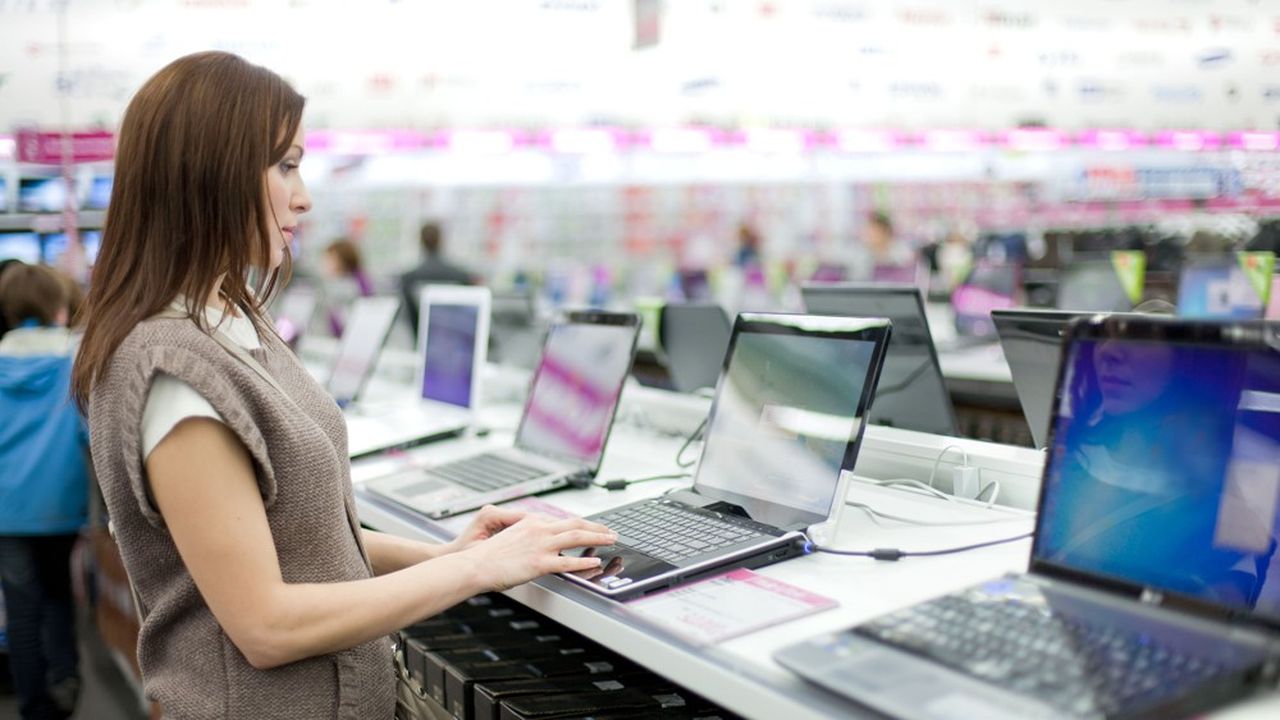Posted on Jan 14, 2021 at 8:00 am
The computer market had not seen this for ten years. Driven by the new needs of consumers during lockdowns linked to the Covid-19 epidemic, PC sales recorded a growth of 13% in 2020 according to the IDC firm, 10% according to Canalys and 4.8% according to Gartner.
The different research institutes do not have quite the same definition of a PC but their figures agree: we have to go back to 2010 to see such dynamism for a screen that was said to be overtaken by the smartphone and the tablet. According to IDC, it sold over 300 million PCs in 2020, as many as in 2014.
A month of May like Black Friday
After even stronger sales in the last quarter, the full-year result contrasts with expectations for early 2020, which predicted a stable market as in 2019. When the epidemic started in China, analysts were even desperate for a further decline in the market to complete a dark decade.
“Then, we had the big surprise to see the demand get carried away the week just before confinement and accelerate even further at the time of deconfinement”, says Mustapha Nhari, CEO of Asus France. In mid-May, a traditionally quiet period, sales were better than on Black Friday 2019.
In France, the market grew by 9% in volume in one year. “Consumers have bought PCs to work from home, for their children’s homework at home, but also for hobbies like playing video games”, continues the boss of Asus. “The strength of the consumer market should not be underestimated”, confirms IDC analyst Ryan Keith in a note.
Logistics challenges
For the most part, consumers have turned to laptops. On the other hand, sales of desktop computers continued to decline (-20%). In this context, Chinese Lenovo retained its place as the world’s largest computer seller, followed closely by HP and a short distance from Dell.
For all brands, this meteoric rise in demand has been accompanied by logistical challenges: microprocessor manufacturers like Intel and AMD have struggled to speed up production and the transport of finished products has become more expensive.
Listening to professionals in the sector, the trend could continue at least over the year 2021, as consumers have changed their work habits (with teleworking) and entertainment. Manufacturers are already hard at work to meet the new expectations they have identified.
For example, the functionality of the webcam built into laptops is becoming a selling point. Engineers plan to increase the viewing angle of the sensor (to film two people facing the screen) and improve the microphone to reduce ambient noise.
–


